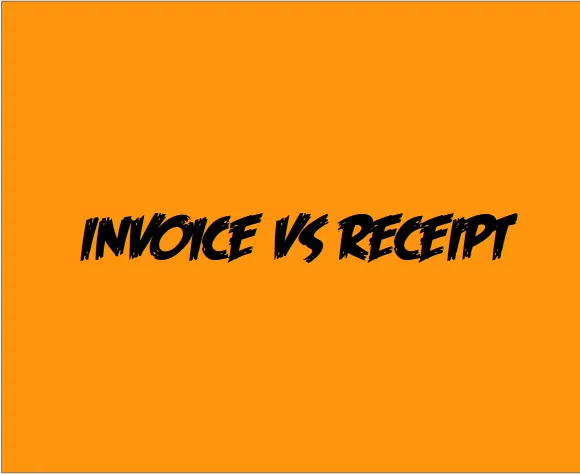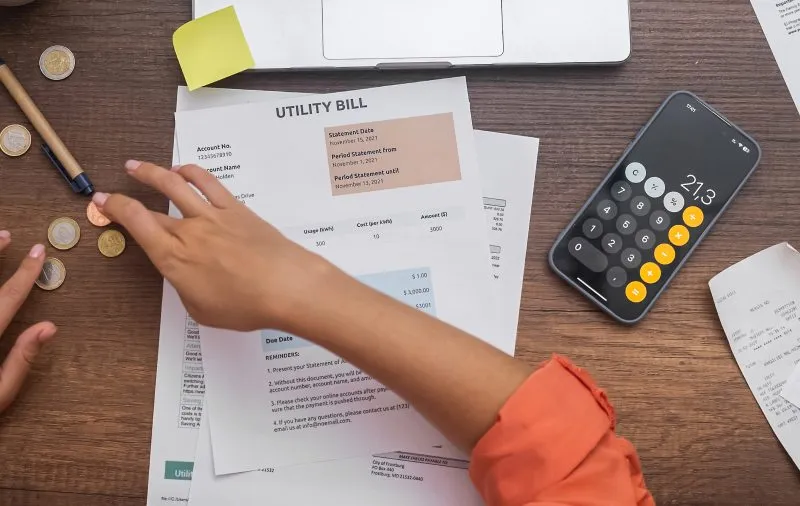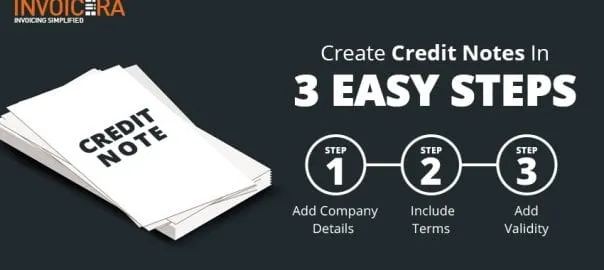To a layperson, there seems to be no difference between invoice and receipt. For any business owner the two terms i:e invoice and receipt can be a vast difference. The invoice and receipts are the business documents distinguished when both buyer and seller of services are involved in a transaction. Though both are the legal documents used to record the amounts owed or paid with the stated goods and services.
Invoices:
What is Invoice? An invoice is a bill that covers goods or services provided by the seller to the customer. It is a request for payment, for a sale including prices, discounts, credit, taxes and total due. Also invoice includes credit information, a salesperson’s name, an invoice number and any sales programs. Invoice should not be confused with the purchase order as it includes business contact information for the seller, including business name, phone number, address, fax number and web address.
Receipts:
What is receipts? A documentation that marks the payment finalized to sale. It serves as the proof of ownership that lists goods or services, credits, prices, discount, taxes, total amount of paid and method of payment. It generally includes information about sellers and buyers in different formats and varying degrees. It can be defined as the buyer’s proof of payment.
Similarities:
- – Both are commercial documents and a part of purchase cycle
- – Both are legally non-negotiable instrument containing details about buyer and seller
With few similarities, one find invoice and receipt a little confusing. Both are different documents with different purposes.
Let’s explore the differences in detail:
The key difference between an invoice and a receipt is that an invoice is issued when the product is sold and it is a record of sales. On the other hand, a receipt is issued for payment made and it is a record of payments made.
Understanding the difference between the invoice and receipt is very important for any business so that both the documents can be used in a proper way when required. For a buyer of a product or service, both these documents are important and one must insist that the seller provides them.
| Basis | Invoice | Receipt |
| Meaning | Commercial document issued by the vendor to the purchaser to request payment | Document issued by the vendor to the purchaser after the final payment is done |
| Time of Issue | Before the payment | After the payment |
| Details |
|
|
| Indication | Indicates total amount due | Indicates the total sum paid along with the mode of payment |
| Importance | Records the detail | Acts as the evidence |
The following information is recorded in an invoice:
- – Name and address of the seller
- – Name and address of the buyer
- – Estimate number if any
- – Purchase order number if any
- – Bill date
- – Payment due if any
- – Invoice number
- – Particulars of the goods/services
- – Taxes and discounts
- – Terms and conditions of the sale
The following information is recorded in a receipt:
- – The amount paid against the sale
- – The invoice number and date
Conclusion:
Invoices and receipts are complementary documents and should not be used as replacements for each other. They should always be used together for the purposes highlighted. Both invoice and receipts are the prominent part of the purchase cycle. Invoices are used to make a request for payments from customers, keeping track of the goods and services sold, estimates future revenues and more. Receipts are used as the proof of purchase especially when the customers go to return the faulty items.
Learn More: Invoicera: Feature updates and bug fixes
Invoicera, the highly recommended online invoicing and billing software helps to automate the business processes and communication with a host of multi-level features. The features include from custom invoice templates, time tracking, Credit Notes, purchase order, estimate management, project/task management, expense management, financial reports, online invoicing, staff management to Custom workflow management and more.
Minimize the stress and do the business that you can afford to make it!













